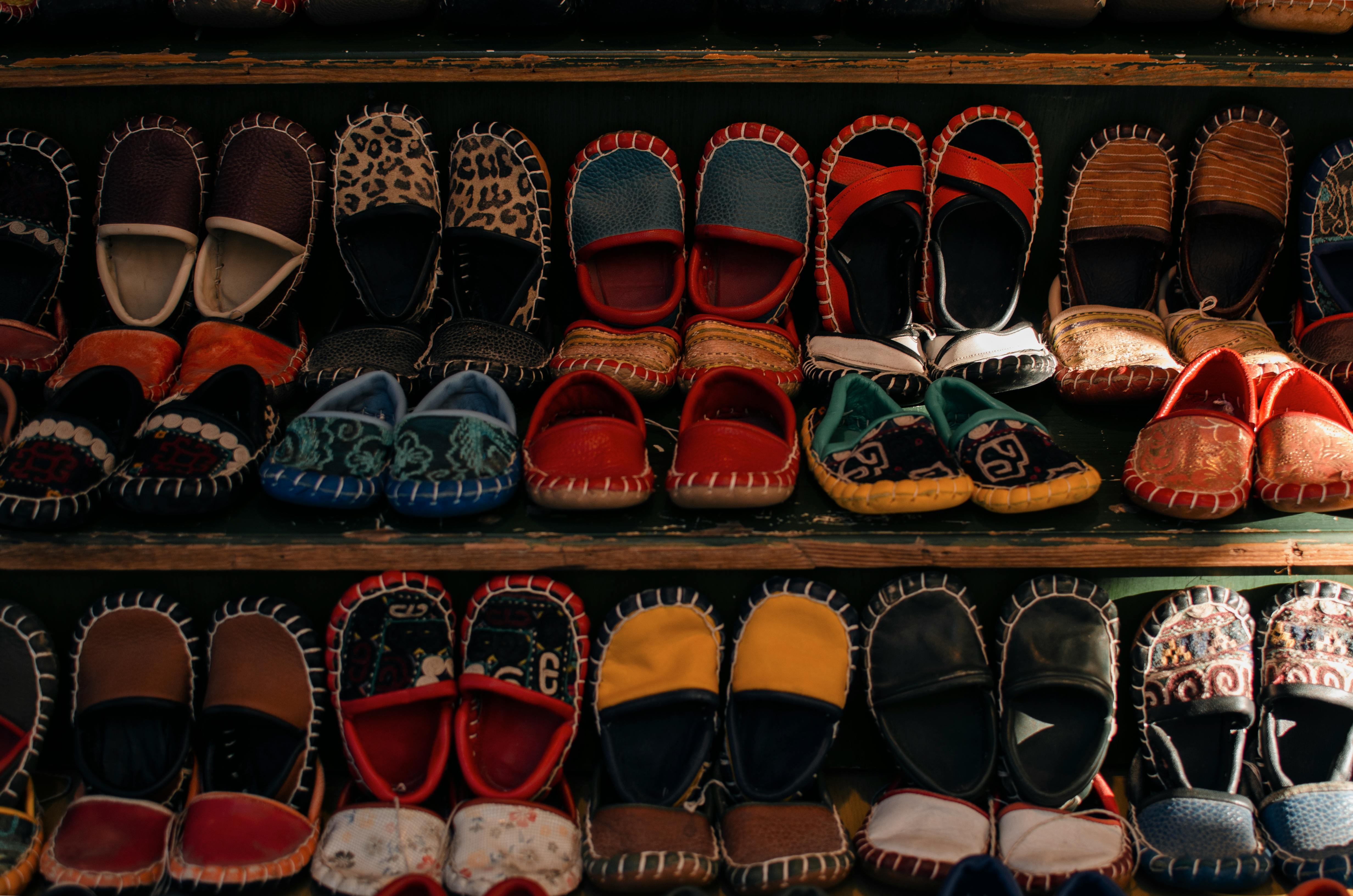Optimized Rice Processing Equipment and Solutions

Rice is possibly the grain that has been cultivated for the longest time and most extensively, occupying approximately 9% of the total arable land and is the second most important cereal for human nutrition, after wheat. It is currently the food base of two thirds of the world’s population.
The milling of rice differs completely from that of wheat. Wheat is milled into flour, while rice milling includes hulling, bran removal, and finally separation of broken and damaged kernels.
The field rice is whole, known worldwide as “paddy” or paddy rice; it contains a fibrous, inedible outer layer called the husk (glumes and glumes). When the skin is removed, but the pericarp (the bran) and the germ are preserved, brown rice is obtained, which after polishing is transformed into white rice. Rice is produced solely for human consumption as food.
The most important quality criteria for rice are the milling efficiency, the appearance of the raw grain, the cooking behavior and the texture and aroma of the cooked grain. Milling yield is a measure of the proportion of intact whole kernels and reflects the variety, growing conditions, harvest and subsequent handling. Biometry (size and shape of the grain), color and characteristics of the pearl (dark areas of the grain, without crystallinity) participate in the appearance of the raw grain.
The rice is transported to the rice milling plant, then it is emptied into hoppers, which by means of elevators and conveyor augers are taken to the wet rice receiving silo, and from there they are distributed to the different drying towers, depending on the size of the modern rice milling plant. In these towers, the rice is subjected to a drying process by air or heat to reduce the moisture of the grain, to the optimal parameters for storage (12.5% - 13.5%).
During storage, rice is attacked by insects, rodents and fungi, which will affect the product in different climatic conditions. The reduction can influence the quantity; therefore, corrective measures are taken to prevent these agents from being combated quickly and effectively.
The rice, after being dried and stored, goes to the rice mill where it will be processed for consumption by the population.
Grinding plant layout and design
As a first step, the dried paddy rice is passed through a cleaning machine, which will give it a final purification process. Then they are transferred to a rubber roller cover where the grain of the cover is separated by 95%, the expellant is covered and the product is peeled with part of it. These peeled grains are sent to the densimetric table where the rice is separated. The peeled grain follows the process towards the rice polishers, where the removal of the superficial layer or bran is carried out; this method is called grain polishing. Rice bran or “powder” is used as animal feed; the polished rice is transported to the classifiers where the whole grain is separated and the broken grain is classified.
Once the rice is processed, it is transferred to the packing house to be packed either in plastic bags or bags.